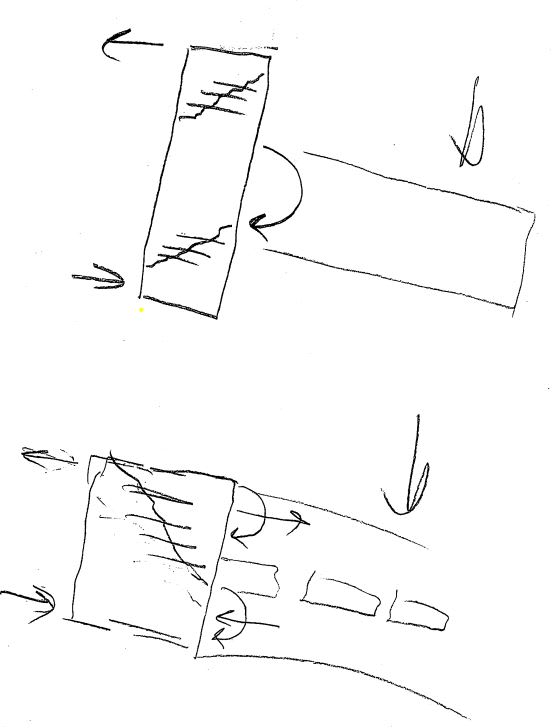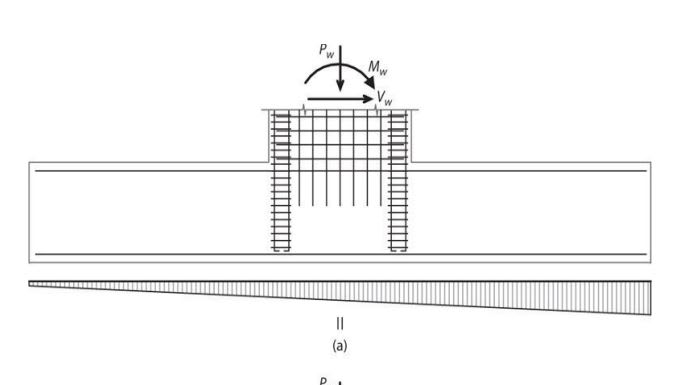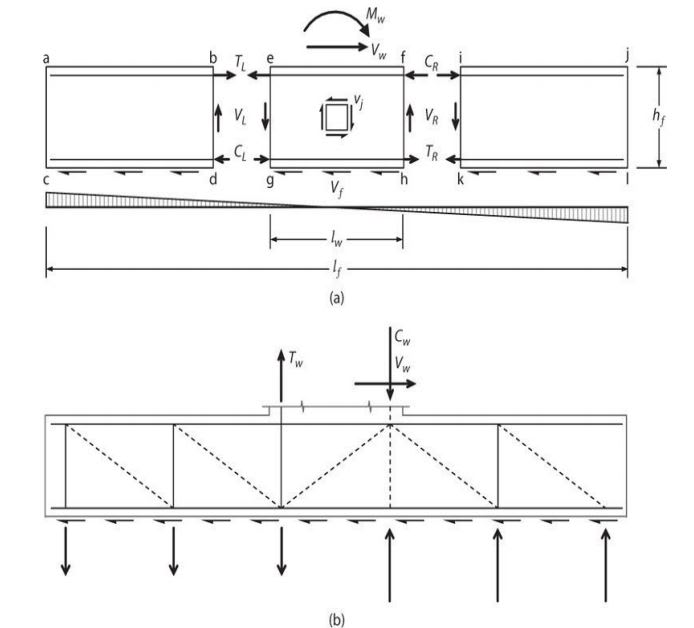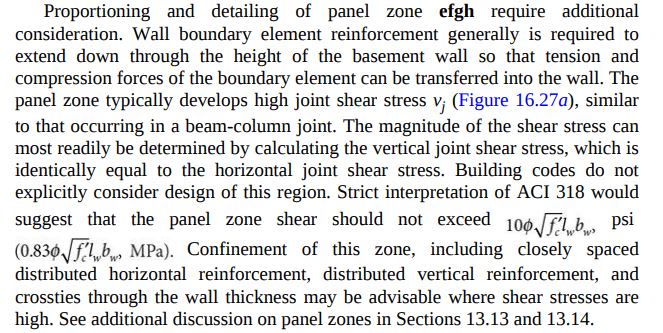stefan.sgr30
Structural
Hello all,
I would like to have your opinions on the following topic:
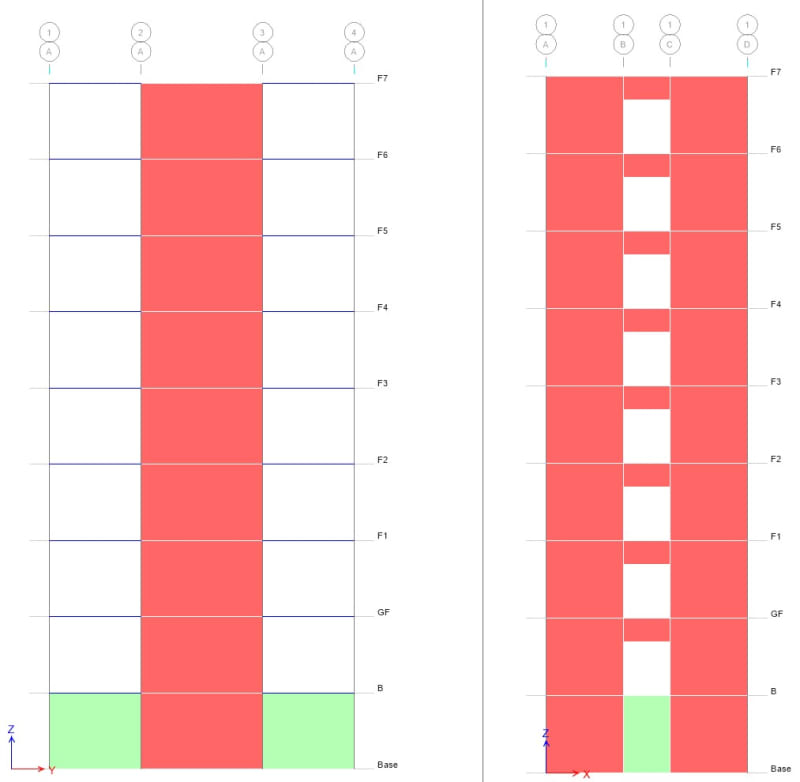
This is a structure in a high seismic area. The green walls are basement walls that are subjected to high shear forces. These basement walls have a low span to depth ratio (l/h <1). My questions are as follows:
1. Are there any provisions for taking into account the horizontal reinforcement for walls with low span to depth (l/h) ratio when calculating the shear strength?
It seems unreasonable to take into account only vertical reinforcement, neglecting the contribution of horizontal bars for this type of walls.
2. Would it be reasonable to take into account the contribution of concrete (Vc) to the shear strength, due to the fact that the plastic hinges should develop above these walls?
I'm using EC2, but it is not very specific about deep beams design, so can anybody point me in the direction of another design guides/reference?
What is your approach on designing these type of walls?
Your help is always appreciated.
I would like to have your opinions on the following topic:

This is a structure in a high seismic area. The green walls are basement walls that are subjected to high shear forces. These basement walls have a low span to depth ratio (l/h <1). My questions are as follows:
1. Are there any provisions for taking into account the horizontal reinforcement for walls with low span to depth (l/h) ratio when calculating the shear strength?
It seems unreasonable to take into account only vertical reinforcement, neglecting the contribution of horizontal bars for this type of walls.
2. Would it be reasonable to take into account the contribution of concrete (Vc) to the shear strength, due to the fact that the plastic hinges should develop above these walls?
I'm using EC2, but it is not very specific about deep beams design, so can anybody point me in the direction of another design guides/reference?
What is your approach on designing these type of walls?
Your help is always appreciated.

